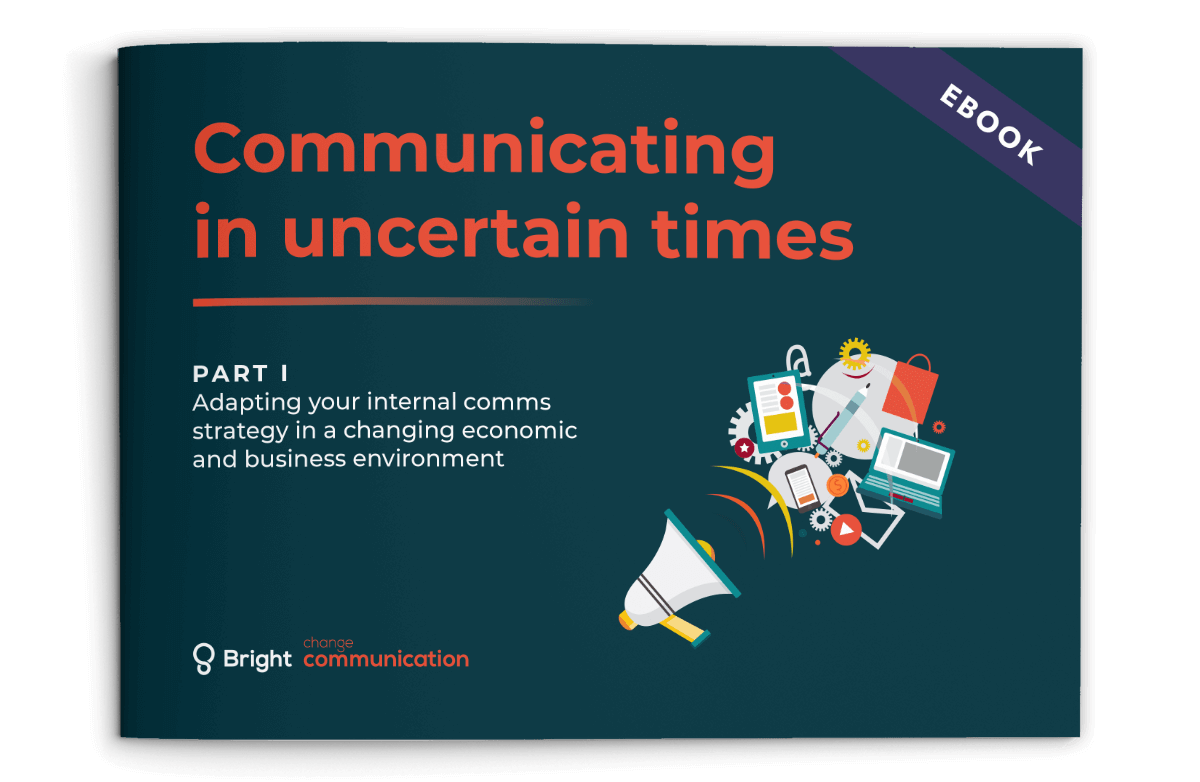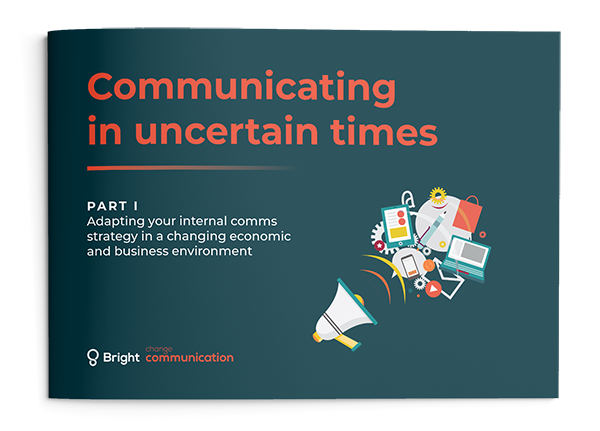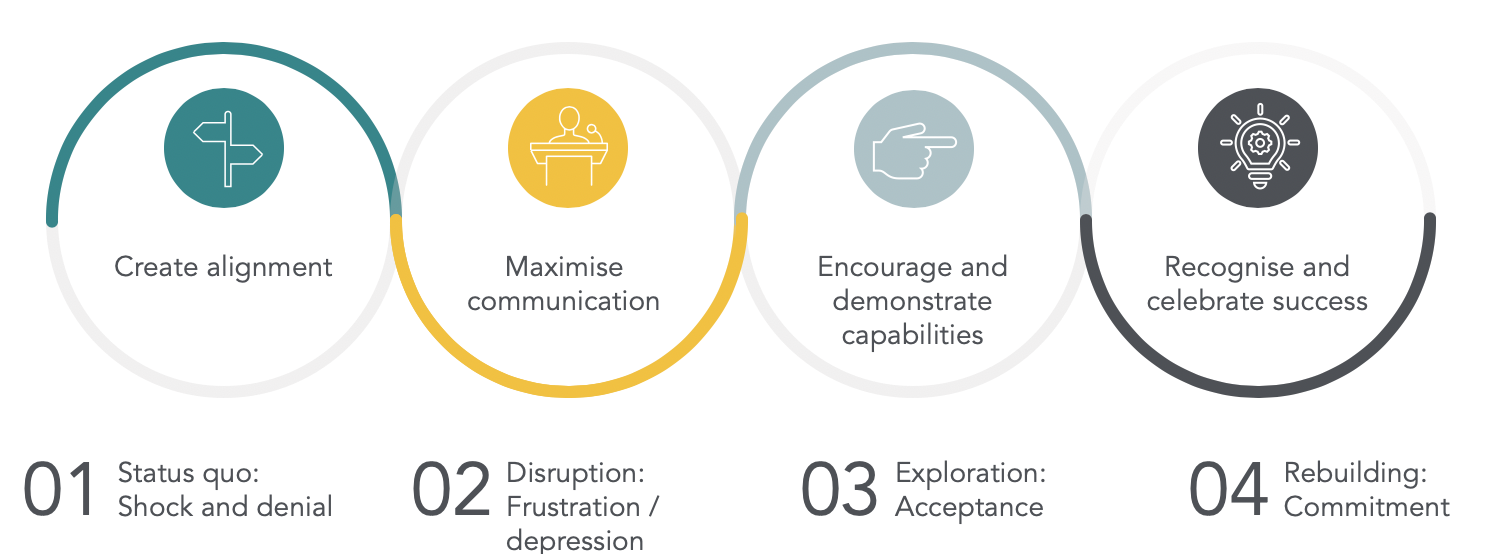Critical success factors at the sharp end of communication
It is difficult to think of a time where there has been greater risk and turmoil in the world, especially in the last 50 years, and this creates a difficult position for those charged with communicating to employees, partners or clients.
Of course, Coronavirus is just one example of business disruption, anyone remember Brexit? Highlighting why the ability to communicate in tough times is so important.
The damage and cost in terms of lost clients, talent and reputation of poor communication practice is unquantifiable. High performance businesses know that clear, consistent and timely communication is key to business resilience and even more so during times of rapid change. Here are my top five critical success factors for communicating successfully, now and as we move through the downturn:
Don’t stop communicating
Never stop communicating, that’s it. Whenever faced with ambiguity there’s a natural reaction not to say anything until we are absolutely clear on our response. Employees and clients will usually already be aware of the issues, starting to worry about the impact and hypothesising on how best to deal with the situation. Even if you can share very little factual information, employees need to know their leaders are scenario planning and working on solutions. When things are uncertain that is when communication is most important. If there’s silence from the top, people will fill in the gaps themselves and it’s unlikely to be in a positive way.
Never speculate
Be as transparent as you can be. No one will expect you to have all the answers, but they will need to feel that you are sharing what you can and being honest about what you don’t know yet. Of course, the flip side is that it is equally important that you don’t feel pressurised into communicating something that you’re not totally confident about. If you are not 100% sure something is true, don’t share it. Validate your information before communicating it – never speculate! Let people know that you’re working on getting an answer and will come back to them as soon as you have it. Drip feeding progress updates is a good way to minimise frustration and provide reassurance to your team, clients and prospects whilst you fully understand the situation.
Show empathy
It’s important that communications are as much about giving people the information they want to hear, as it is about the information you want to tell them. Understanding where the areas of highest concern are, and ensuring you are providing people with the information that you can around those areas, will demonstrate understanding, empathy and ensure your comms are authentic. Have a plan and be upfront about when they will receive further information to keep them informed.
Take the information to the people
Too many organisations hide behind email. Although it is an effective channel of communication it should not be the default for everything.
When people are worried, face-to-face is the best way to engage and when that’s not possible you need to think about how you can use tools like video conferencing to ‘bring people into the room’. The use of video conference has vastly increased since COVID-19 and as human beings we rely on sight more than any other sense so it’s not surprising. People are far more likely to trust a message when they can see the person delivering it and it can offer the opportunity for QA and sharing ideas that will help you plan further communications and really understand what the concerns are for your people or clients.
Digital channels should be understood and used to reach key audiences to enable effective communications. Comms leaders need to become masters of data and insight so they can understand performance through reporting on engagement across digital tools including email and collaboration tools such as teams, slack and intranet traffic to underpin recommendations for the next wave of comms or tactics to improve results.
Build in agility
Resilience and flexibility are key. As we all know, situations can change quickly so your communications planning needs to be agile. Introduce new ways of working so that your comms team and key stakeholders in the business can work as a cross functional team to adapt quickly, respond appropriately to ever changing situations and developing a test, learn and improve culture. Use data and insight to understand the performance of key channels, how well you are reaching your audience and inform your next communication activities to adapt your plan and ensure those that need to be informed and act on critical information, do so.
Of course, there is still the challenge of a recession ahead and those businesses who have the greatest agility and ability to adapt at pace will be most likely to survive and thrive. These are interesting times for everyone and having the right narrative and communicating with clarity so everyone understands key information, the role they should play and the actions needed is going to be critical in determining how well your organisation will be able to navigate through the downturn.
Tough times don’t last but agile businesses do. Find out more about agile marketing and communications and how it can help you.














